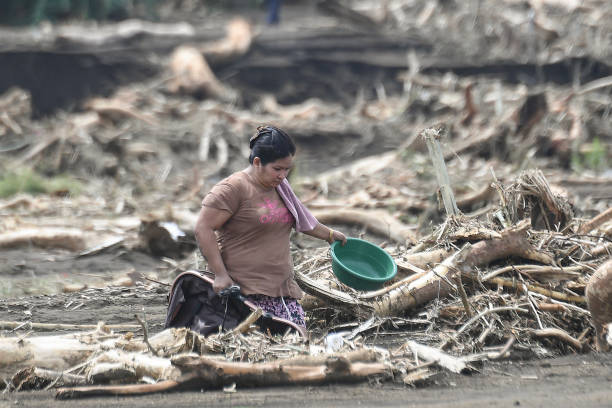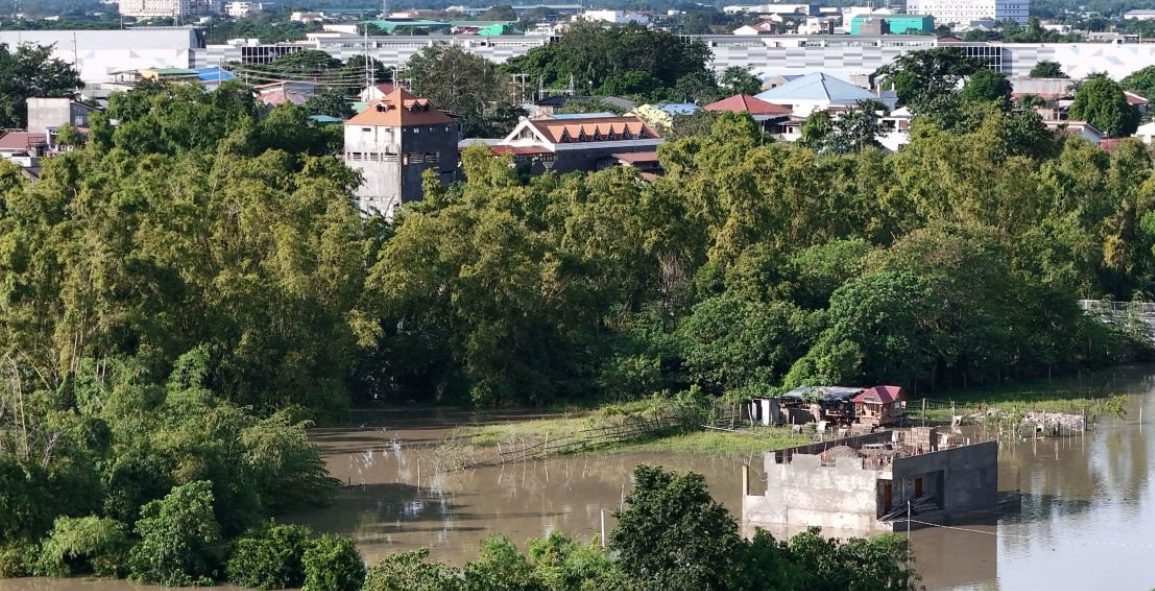The Philippines is grappling with the aftermath of Tropical Storm Trami, which has resulted in over 100 deaths and many others missing due to severe flooding and landslides.
As the storm moved away from the north-western region on Friday, the government’s disaster response agency reported 81 confirmed deaths and 34 individuals still unaccounted for, making this one of the most destructive weather events in the archipelago this year.
Rescue efforts continue as emergency personnel, including police and firefighters, tirelessly search for the missing in areas like Talisay, Batangas province. Despite the efforts, many regions remain inaccessible due to persistent flooding.
President Bongbong Marcos, who inspected affected areas southeast of Manila, noted that the storm delivered an unprecedented volume of rainfall, with some locations receiving one to two months’ worth of rain within just 24 hours.

“The water was just too much,” he remarked, emphasizing the challenges still faced in the ongoing rescue operations.
As a precaution, more than 4.2 million people were affected by the storm, with nearly half a million seeking refuge in over 6,400 emergency shelters.
In response to the crisis, schools and government offices have remained closed for three days to ensure public safety and inter-island ferry services were suspended, stranding thousands.
In an emergency cabinet meeting, President Marcos discussed plans for a significant flood control initiative to address the increasing severity of climate-related disasters.
Meanwhile, weather forecasts indicate that Trami may impact Vietnam over the weekend, with government forecasters monitoring its potential path closely.
The Philippines, known for facing about 20 storms annually, remains vigilant as it navigates the ongoing challenges posed by extreme weather.

